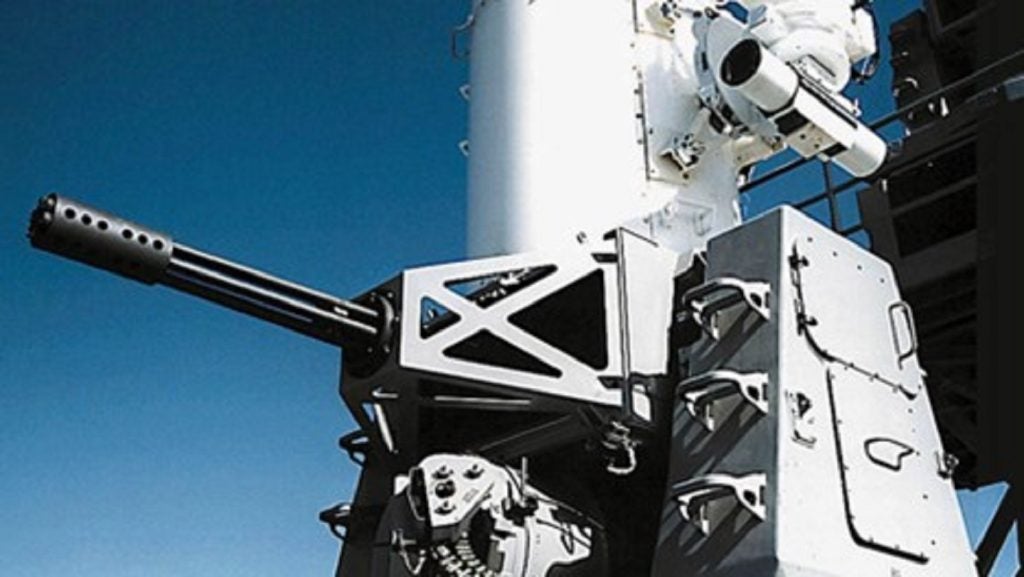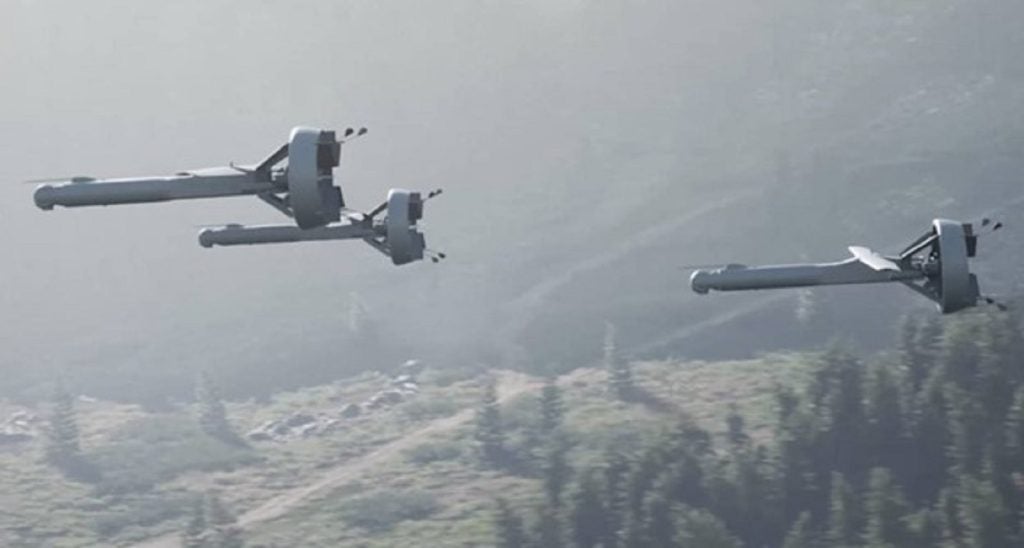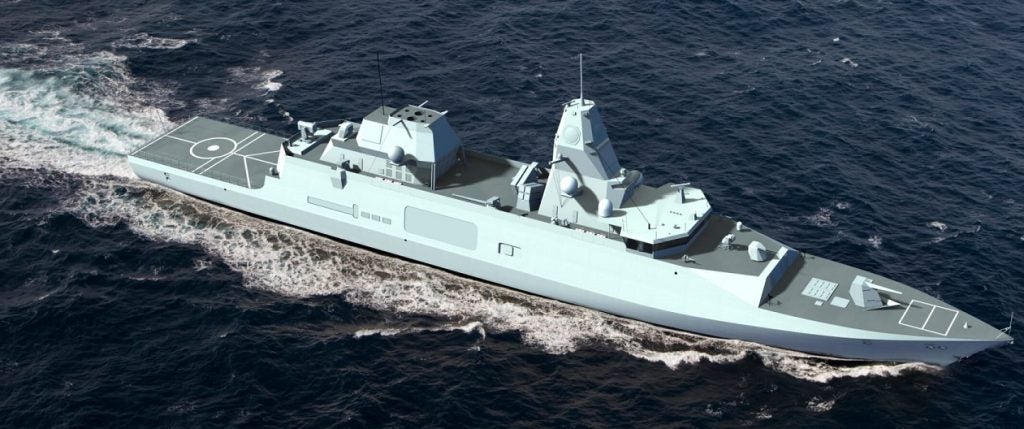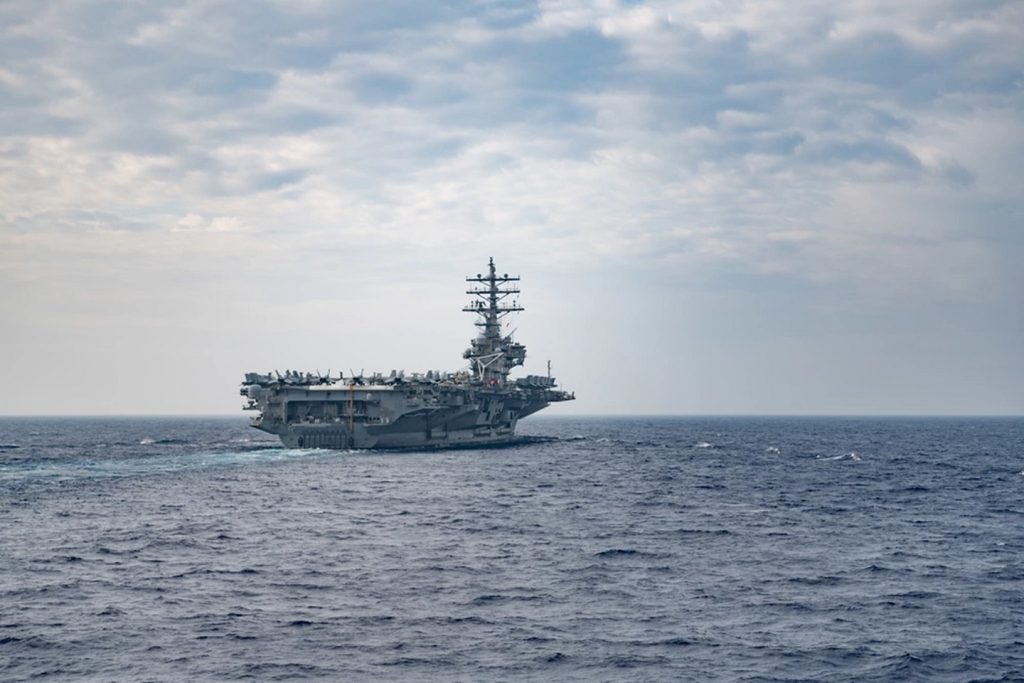“With increased geopolitical instability, it is vital the [UK] Royal Navy has the appropriate tools to fulfil its duties,” Neal Missel, CEO of Babcock’s Mission Systems business, stated, welcoming the UK defence supplier’s latest three-year contract announced on 30 October to provide support for the Navy’s Phalanx Close-In Weapon Systems (CIWS).
The Phalanx CIWS is a rapid-fire, computer-controlled, radar-guided gun developed by US defence prime RTX, which can defeat anti-ship missiles and other close-in threats. Likewise, the system is also used by the US Army for ground-based detection and countering rocket, artillery and mortar systems.
The system is found on multiple Royal Navy platforms, including the Navy’s two Queen Elizabeth-class aircraft carriers and the Royal Navy’s Type 45 destroyers.
Babcock has provided Phalanx in-service support since 2006. The new contract will provide support for up to 41 systems, including nine overhauls and upgrades.
The supplier will be responsible for logistics management, obsolescence management, availability and reliability of the Phalanx. Support contracts such as this are vital in ensuring a widely used, versatile weapon remains effective for years to come.
Phalanx CIWS features
Phalanx features a 20mm gun capable of firing armour-piercing bullets at up to 4,500 rounds per minute.
The Phalanx 1B weapon package incorporates a side-mounted, forward-looking infra-red camera to counter the threat of unmanned aerial vehicles, mines and small surface craft in littoral waters.
As a self-contained package, the weapon system automatically carries out a range of functions usually performed by multiple systems, including search, detection, threat evaluation, tracking, engagement and kill assessment.












